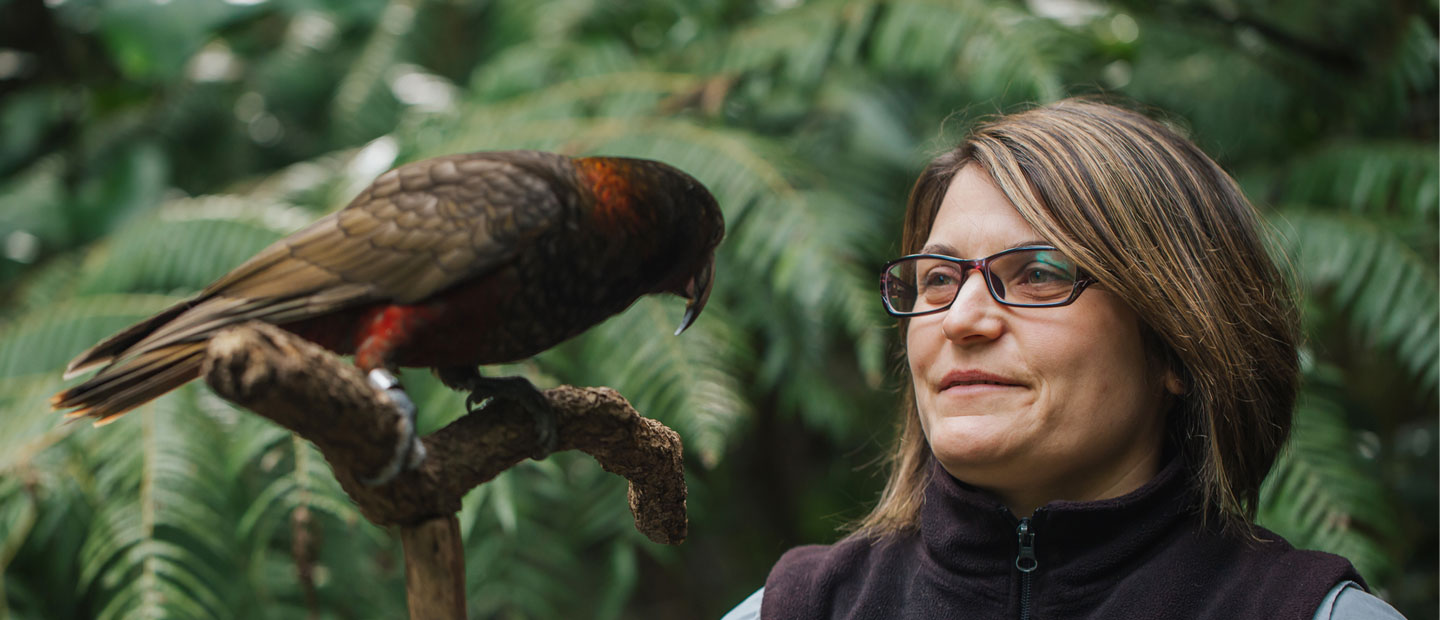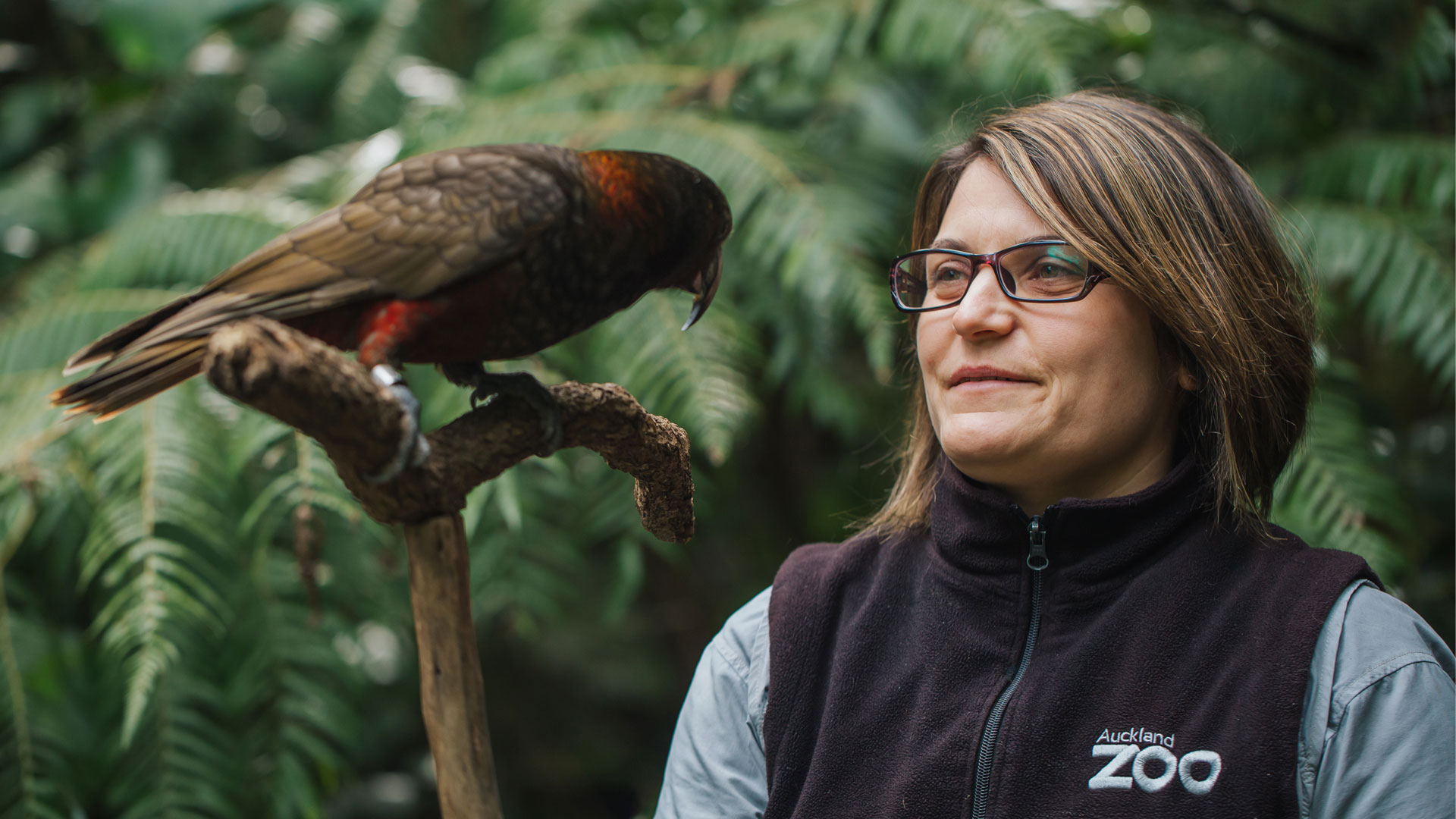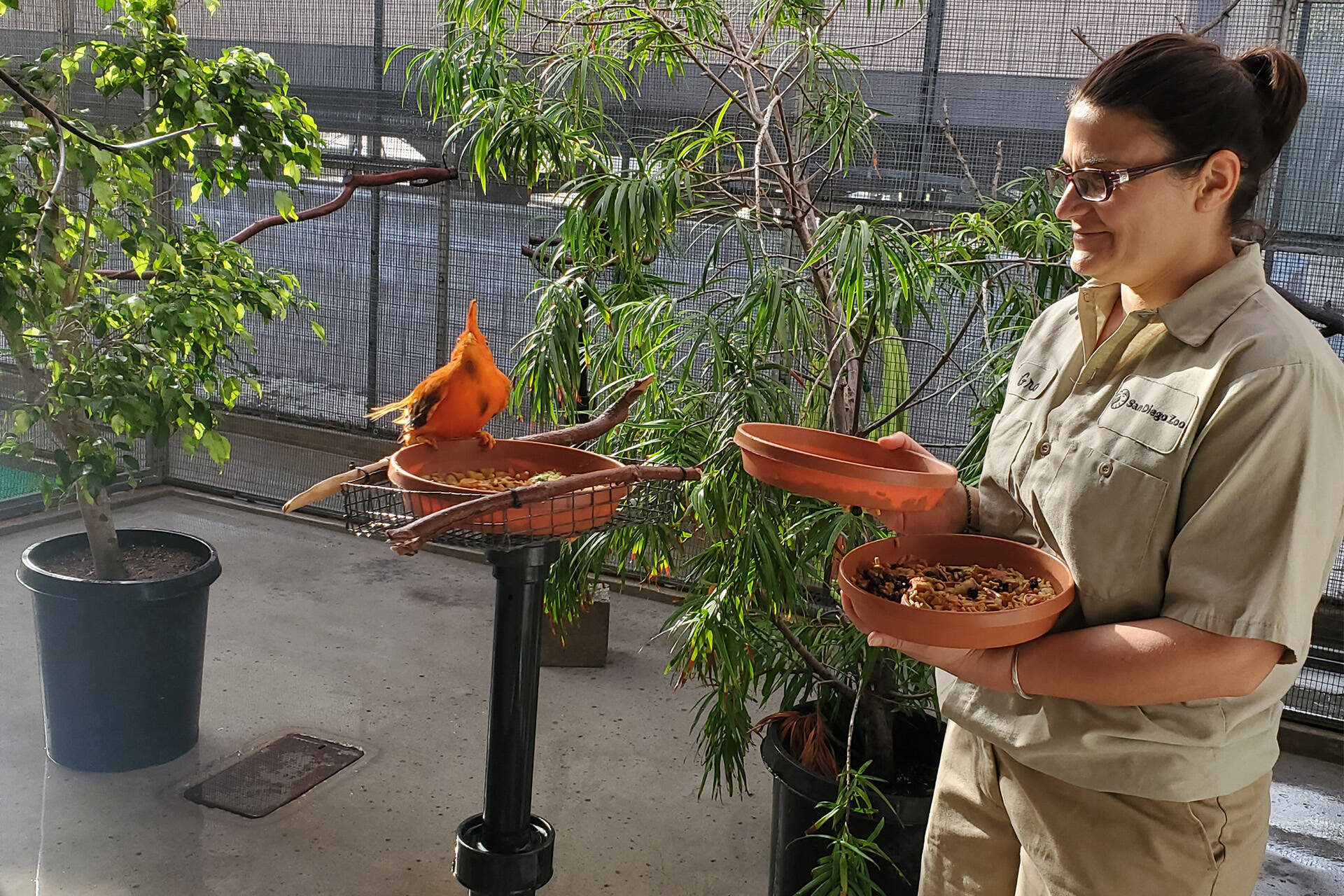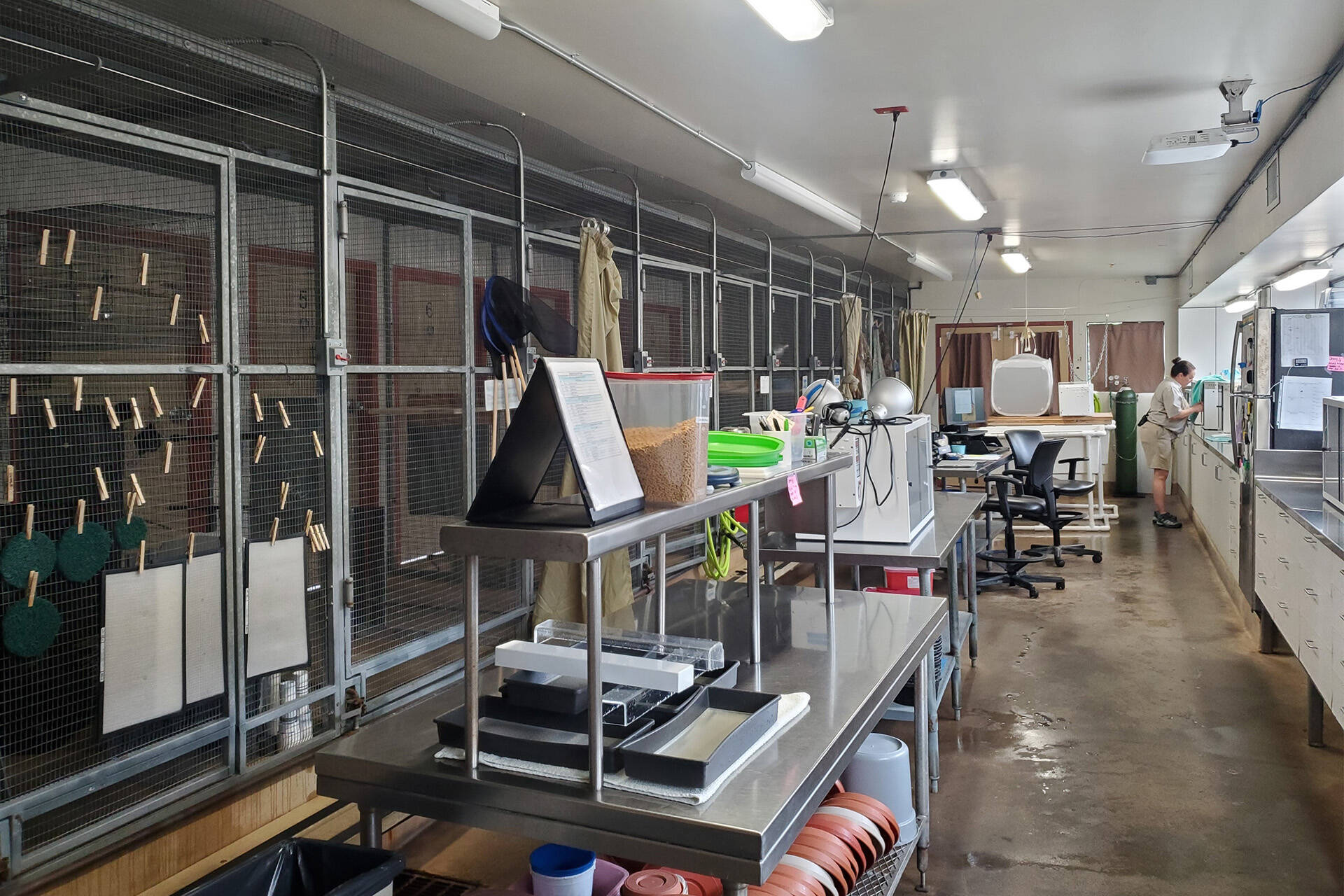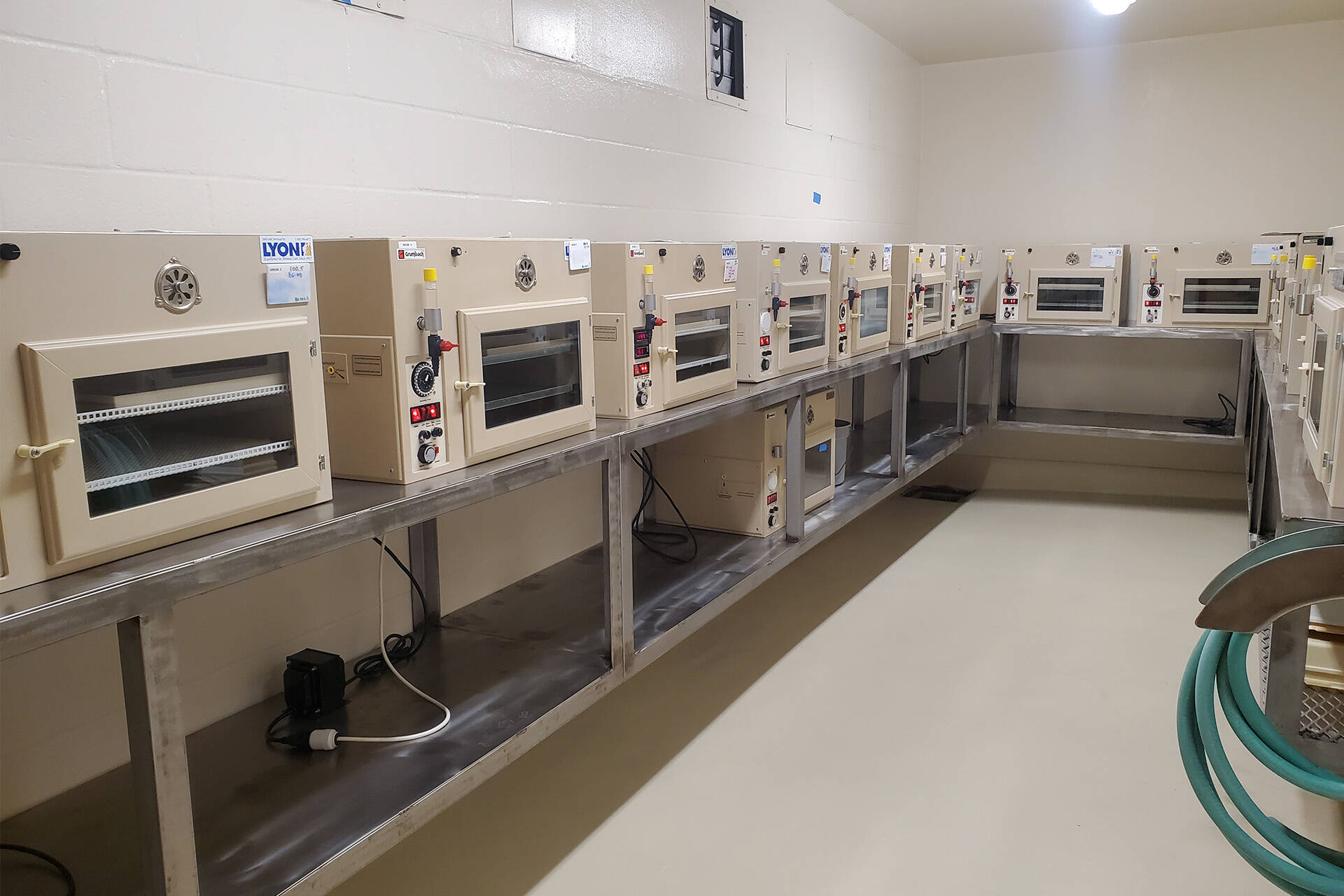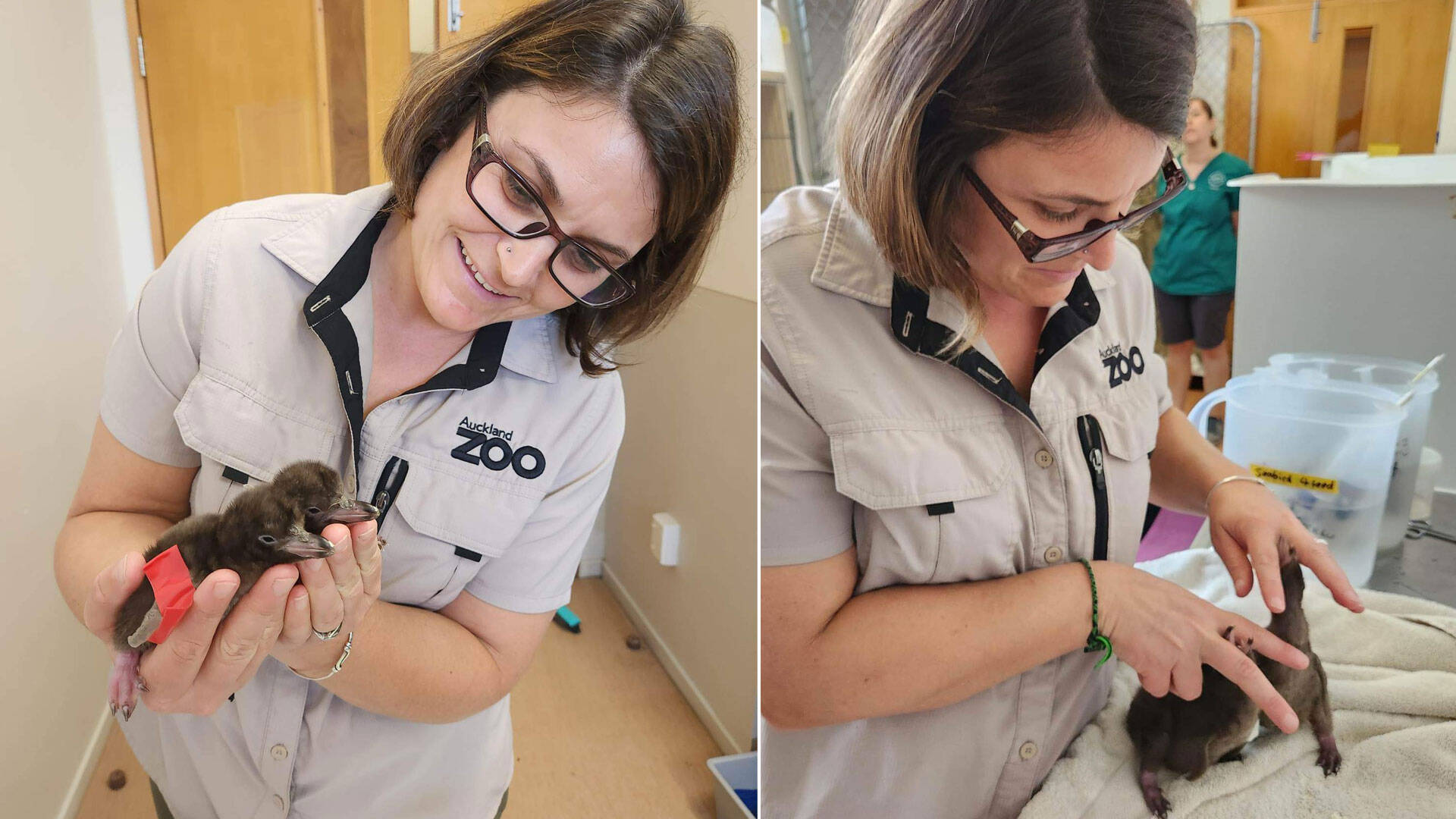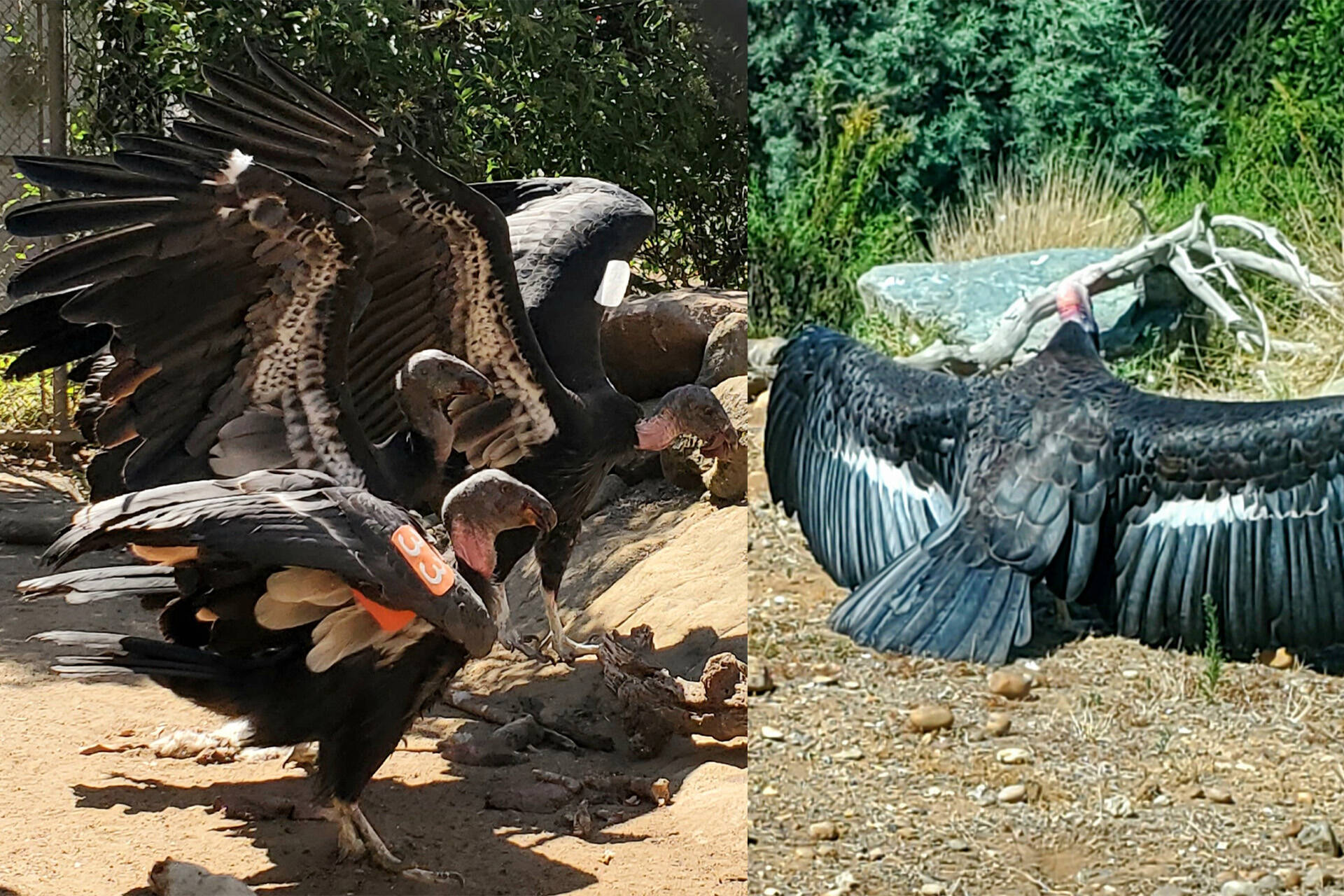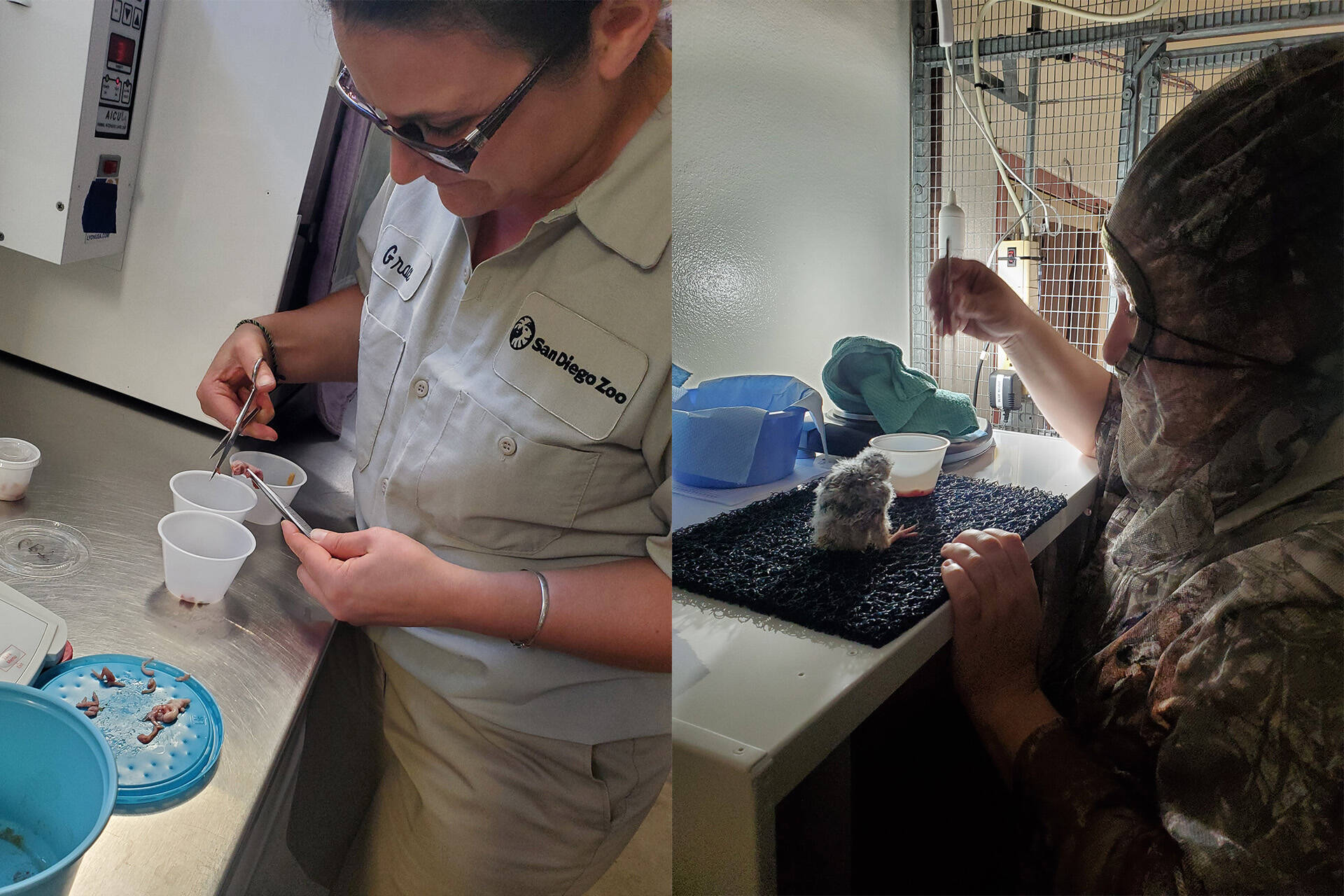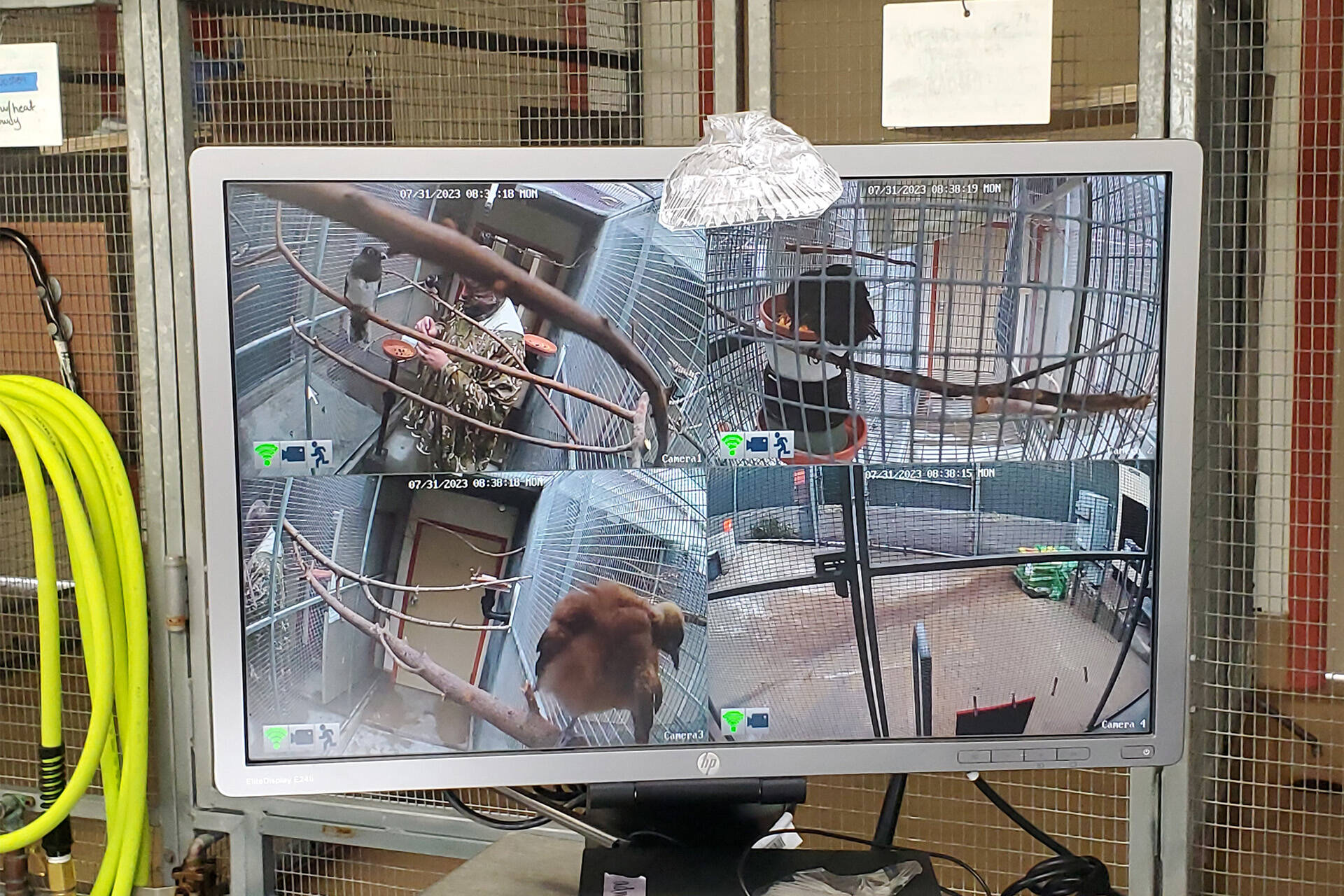How do you ensure the very best care and conservation of wildlife? An extremely important component of wildlife conservation science is ensuring our keepers and curators are up to date with the latest best practices in animal husbandry. This includes taking opportunities to share knowledge within our diverse network of zoo colleagues and conservationists.
We do this by welcoming our peers to Auckland Zoo to share our learnings, as well as our kaimahi travelling internationally or around the motu to learn how other organisations are applying the latest science and knowledge to the care of wildlife and wild places.
Bird keeper Sarah has been a valued part of our Auckland Zoo whānau for more than eight years yet her pathway into conservation was less than straight-forward. Sarah first gained a Bachelor’s in Business and Marketing and a Masters in Tourism Science and Territorial Management but bravely opted for a change in career – longing for the great outdoors. Work experience in pest control at Auckland Parks, as well as restoration work and wildlife monitoring on Tiritiri Matangi fortified her emerging interest in wildlife conservation. Her journey at Auckland Zoo started with volunteering on the carnivore team while she went on to complete Unitec’s zookeeping and animal management courses – soon after she joined our bird team and the rest is history!


